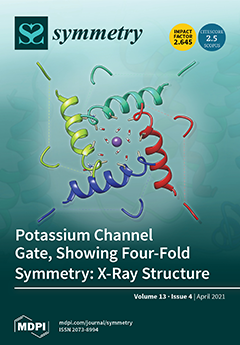ZnO has many technological applications which largely depend on its properties, which can be tuned by controlled synthesis. Ideally, the most convenient ZnO synthesis is carried out at room temperature in an aqueous solvent. However, the correct temperature values are often loosely defined.
[...] Read more.
ZnO has many technological applications which largely depend on its properties, which can be tuned by controlled synthesis. Ideally, the most convenient ZnO synthesis is carried out at room temperature in an aqueous solvent. However, the correct temperature values are often loosely defined. In the current paper, we performed the synthesis of ZnO in an aqueous solvent by varying the reaction and drying temperatures by 10 °C steps, and we monitored the synthesis products primarily by XRD). We found out that a simple direct synthesis of ZnO, without additional surfactant, pumping, or freezing, required both a reaction (T
P) and a drying (T
D) temperature of 40 °C. Higher temperatures also afforded ZnO, but lowering any of the T
P or T
D below the threshold value resulted either in the achievement of Zn(OH)
2 or a mixture of Zn(OH)
2/ZnO. A more detailed Rietveld analysis of the ZnO samples revealed a density variation of about 4% (5.44 to 5.68 gcm
−3) with the synthesis temperature, and an increase of the nanoparticles’ average size, which was also verified by SEM images. The average size of the ZnO synthesized at T
P = T
D = 40 °C was 42 nm, as estimated by XRD, and 53 ± 10 nm, as estimated by SEM. For higher synthesis temperatures, they vary between 76 nm and 71 nm (XRD estimate) or 65 ± 12 nm and 69 ± 11 nm (SEM estimate) for T
P = 50 °C, T
D = 40 °C, or T
P = T
D = 60 °C, respectively. At T
P = T
D = 30 °C, micrometric structures aggregated in foils are obtained, which segregate nanoparticles of ZnO if T
D is raised to 40 °C. The optical properties of ZnO obtained by UV-Vis reflectance spectroscopy indicate a red shift of the band gap by ~0.1 eV.
Full article





